“The extent of the suffering is huge”
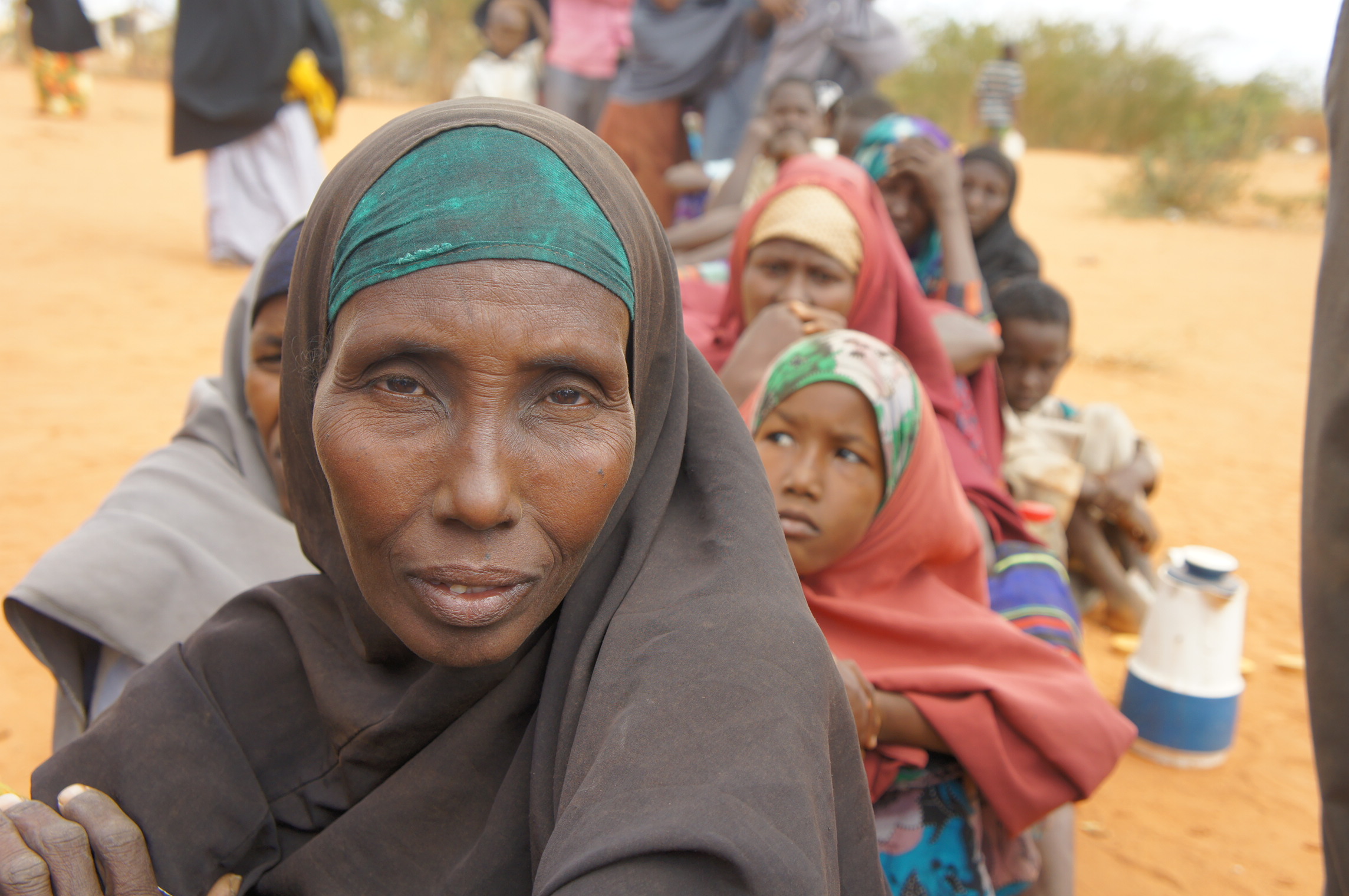
The Dadaab camp in Kenya is the last hope for more and more refugees fleeing famine in Somalia.
Unicef worker Alexandra Rosetti spent four days in the refugee town, the largest of its kind in the world. She said while she had witnessed despair, she also saw hopefulness.
Rosetti recorded her experiences on a blog which appeared on the Unicef Switzerland website.
swissinfo.ch: Toni Frisch, deputy director-general of the Swiss Agency for Development and Cooperation (SDC) has described the situation in Dadaab as desperate. How did you find people there?
Alexandra Rosetti: The extent of the suffering and despair is huge; you can see it in every single face.
Even so, I kept coming across hopefulness as well. I met one mother of seven children, the youngest of whom had died just two days earlier. She was in mourning, but when speaking to us she even smiled. She said the important thing now was that her remaining children should survive.
While there I kept seeing miracles of how children’s lives have been saved.
swissinfo.ch: Dadaab is bursting at the seams, and every day more than 1,000 new refugees arrive. Is it possible to take care of all of them?
A.R.: Because it is difficult to look after all the arrivals immediately, they receive a starting package consisting of food, a cooking set, tarpaulin sheets, blankets and other equipment.
This emergency aid is enough for three weeks, until they have been officially registered. Severely undernourished children are taken to hospital immediately.
swissinfo.ch: Dadaab also attracts criminals, who rape women and girls in the night. Why can’t all women be protected?
A.R.: The camp spreads over such a wide area that some people are living in remote parts of it. There are not enough police and troops to protect everyone.
The rapes were also not spoken about openly because the women had not known us long enough. But their fear was written in their faces.
I spoke to one mother whose husband had returned to Somalia to fetch their other children. She said that armed bandits entered the camp practically every night. The men in the camp had banded together to protect the women and children, she said, but it was difficult because they were unarmed.
But a lot of trouble has been taken to find parts of the camp for lone women and their children.
swissinfo.ch: What do you know about the people who have remained behind in Somalia, where the south is particularly badly hit by famine?
A.R.: The crisis had been looming for the last several years, but now the situation is so bad that people have been forced to flee. And there is fighting in some areas, so the situation can change almost on a daily basis.
In southern Somalia people live in widely scattered areas. Many of the refugees I spoke to come from such remote rural areas that they had no access to a town or to villages where health care was available.
Employees of Unicef Somalia with mobile health teams even try to reach areas where only two or three families live.
swissinfo.ch: The international community has promised more than $1 billion (SFr 780 million) in emergency aid, but so far only about half that amount has been collected. African countries have not yet managed to decide on any aid action. Why does aid take such a long time?
A.R.: On the one hand, it’s to do with the kind of disaster. The famine didn’t start with a bang; instead it was gradual. United Nations agencies warned a long time ago that it was going to happen, but no-one was interested.
Of course it is sad that a famine first has to be declared as such to get the world’s attention. But now the world has woken up, and we feel this.
Huge sums will be required in the next few months. But we would also like to show that long-term aid is needed too – and not only in Somalia, but in all countries of the region.
swissinfo.ch: Longer-term reconstruction aid would mean improving the cattle breeding and agricultural sectors. Given the persistent drought and the civil war, is this actually possible?
What makes it so difficult is the unusual combination ofnatural disaster and political conflict affecting the entire Horn of Africa region, where there is already a lot of poverty.
In the long term, not only agriculture but water supply, health, child protection and education need to be improved, so that there can be sustainable social development.
swissinfo.ch: Unicef is one of the few aid organisations which has been operating continuously in Somalia for more than 20 years. What qualities are needed?
A.R.: Sticking with it means showing determination and getting accepted. In a politically delicate environment you have to show steadfastness if you want to become a real player.
Obstacles were put in our way too. But it is only when you are on the ground that you can, on the one hand, provide urgently needed help, and on the other, pursue long-term goals.
swissinfo.ch: Are the famine refugees in Dadaab and East Africa in danger of the same fate as the earthquake victims in Haiti? At one point they were at the focus of public attention, and once the camera teams had left they were forgotten again.
A.R.: Unfortunately that is something that can happen in every crisis situation.
On the one hand, you need to speak about the aid that has been given, and show that it is being used to good effect. On the other, we also point to the long-term needs. It is a great challenge to keep going for many months on end.
About 12 million people in Somalia, Kenya, Ethiopia, Djibouti, Sudan and Uganda are suffering from famine. Of these about 2.5 million are children.
In Somalia 3.7 million people are affected by famine, and 1.4 million of the total population of 9.1 million have fled their homes.
Somalia – a so-called failed state – is suffering its worst drought for 60 years, and is also ravaged by armed conflict.
More than 400,000 people are currently living in the camp in Dadaab in Kenya.
The international community has promised more than $1 billion in aid, but only half this amount has so far been forthcoming. Experts say another $1billion will be necessary to meet urgent needs.
The UN has established an air bridge to fly emergency aid to the capital, Mogadishu. It is intended to extend this to other parts of the country.
The Islamist Shabaab militia, which was preventing the distribution of aid, have been driven out of Mogadishu. However, they still control large parts of the country, including in the south, which is particularly badly hit by the famine.
Somalia on Saturday called for the creation of a special humanitarian force to protect food aid convoys and feeding camps and to secure the capital.
Alexandra Rosetti of Unicef Switzerland returned home on August 12 after spending two and a half weeks in Kenya.
She visited the camp at Dadaab to get a clearer picture of the situation there.
She spoke to swissinfo.ch by telephone from Nairobi, where she was helping local colleagues with coordinating aid and with publicity.
(Translated from German by Julia Slater)

In compliance with the JTI standards
More: SWI swissinfo.ch certified by the Journalism Trust Initiative
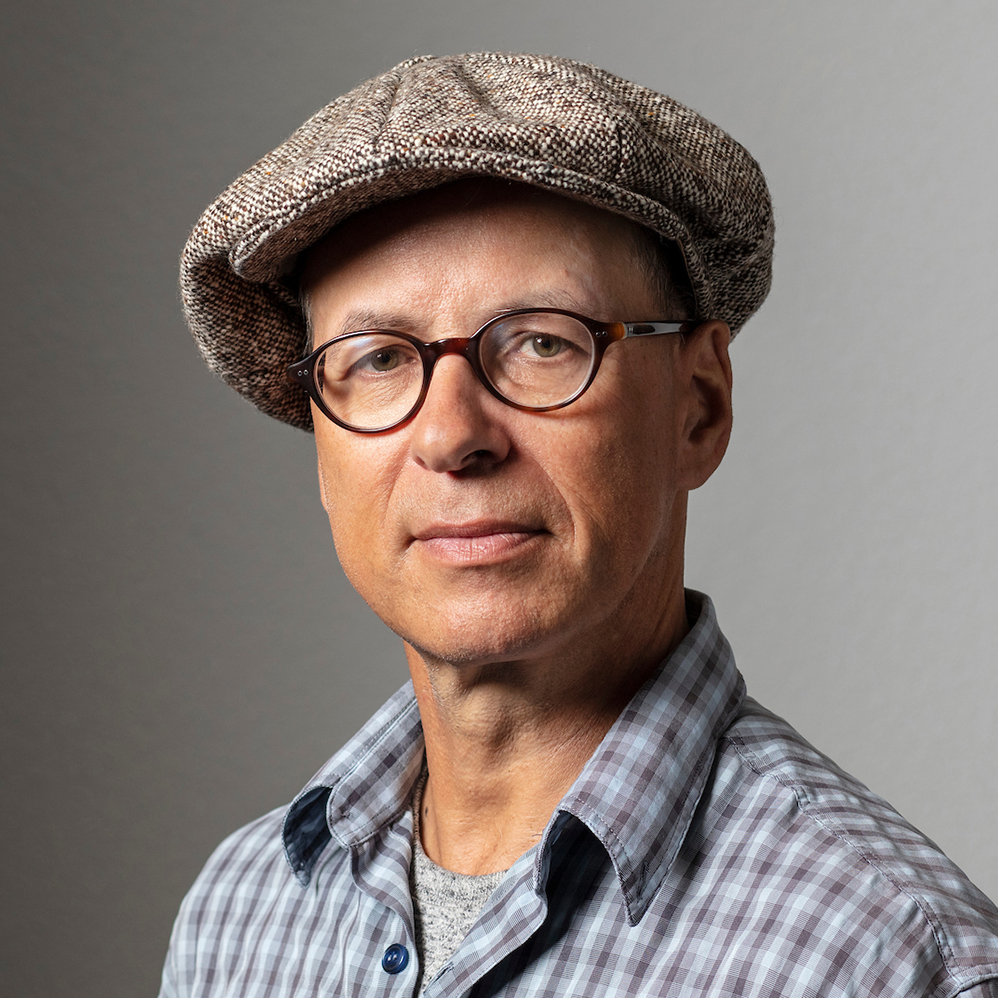
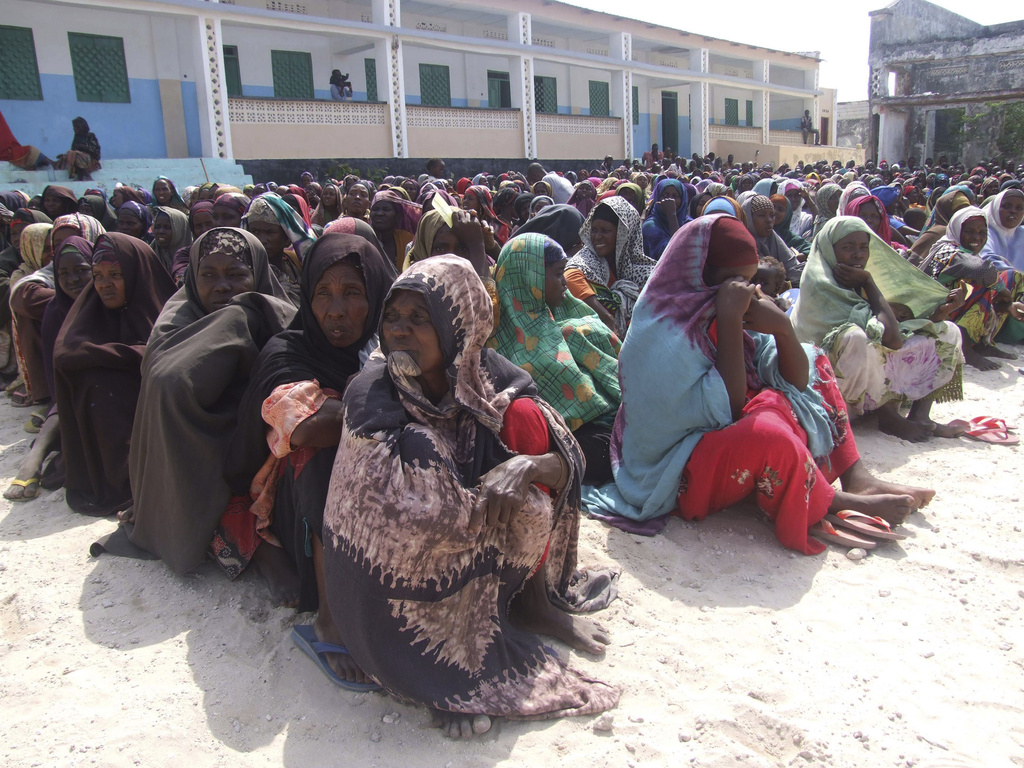
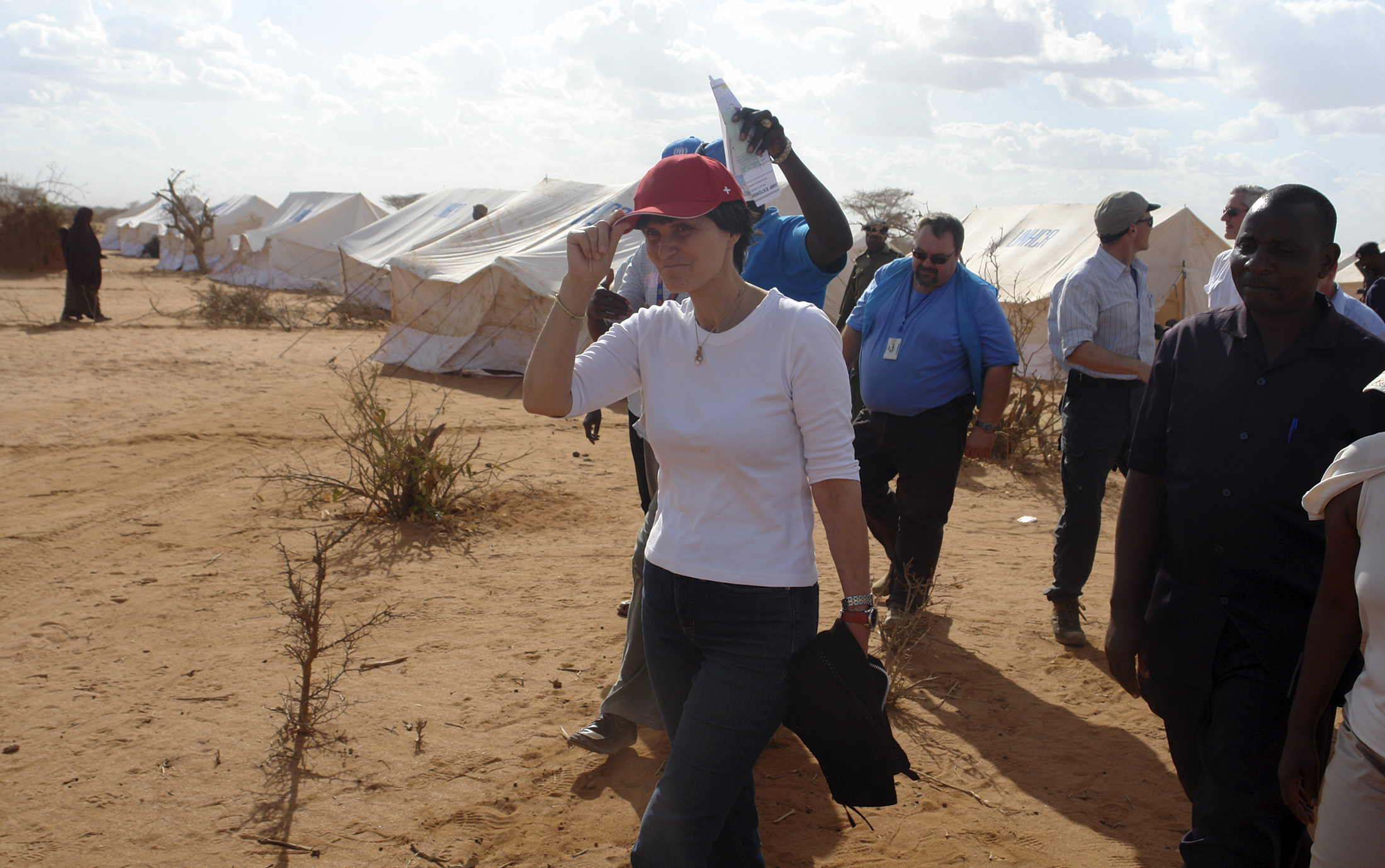
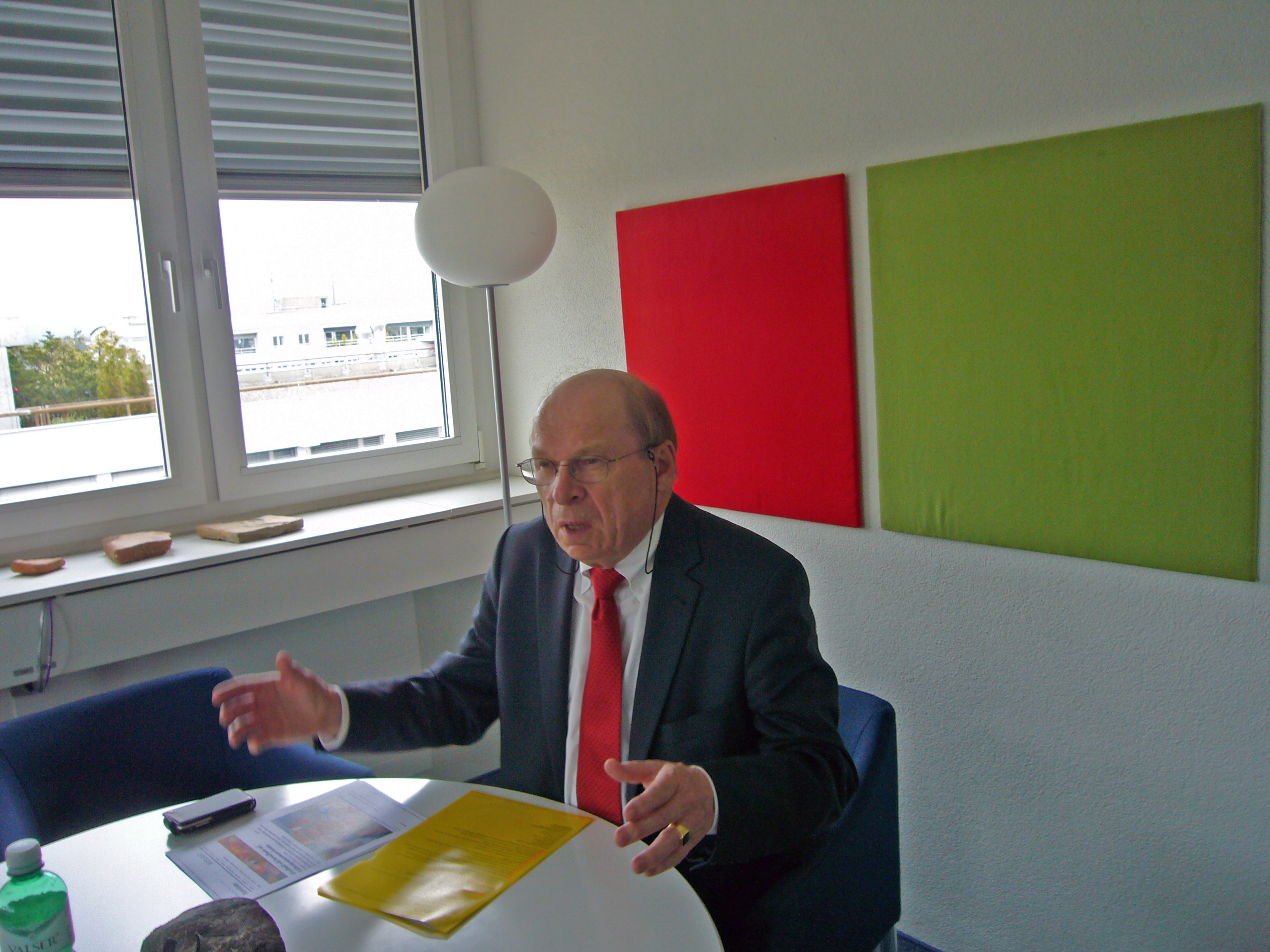
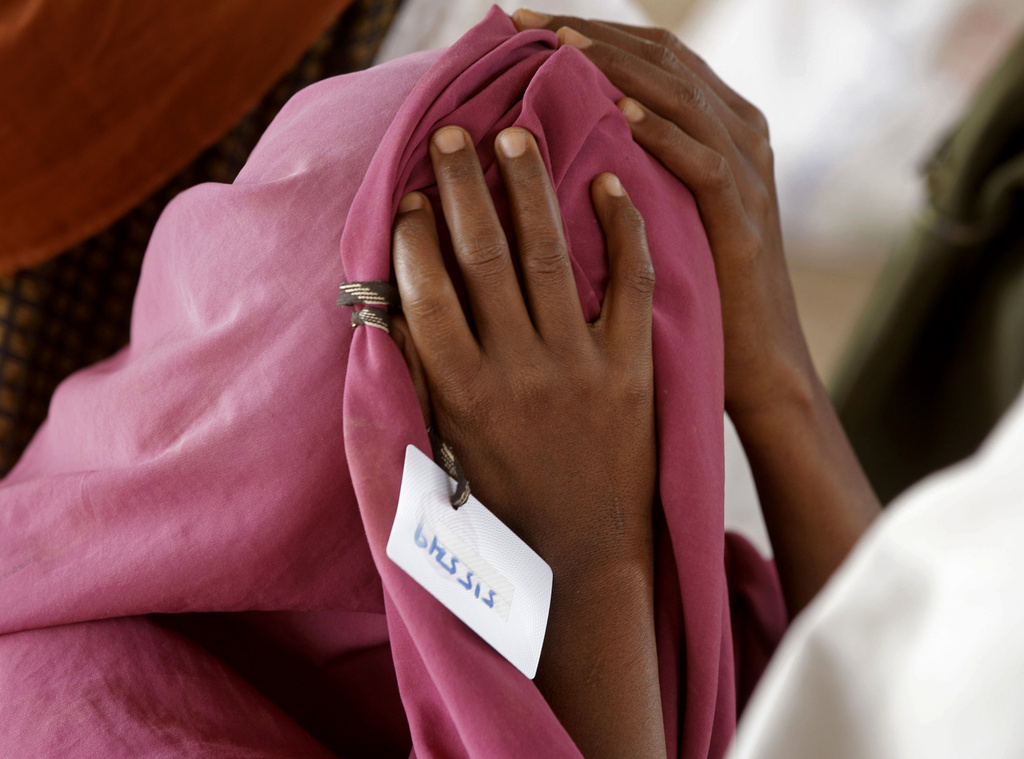
You can find an overview of ongoing debates with our journalists here . Please join us!
If you want to start a conversation about a topic raised in this article or want to report factual errors, email us at english@swissinfo.ch.